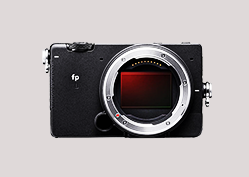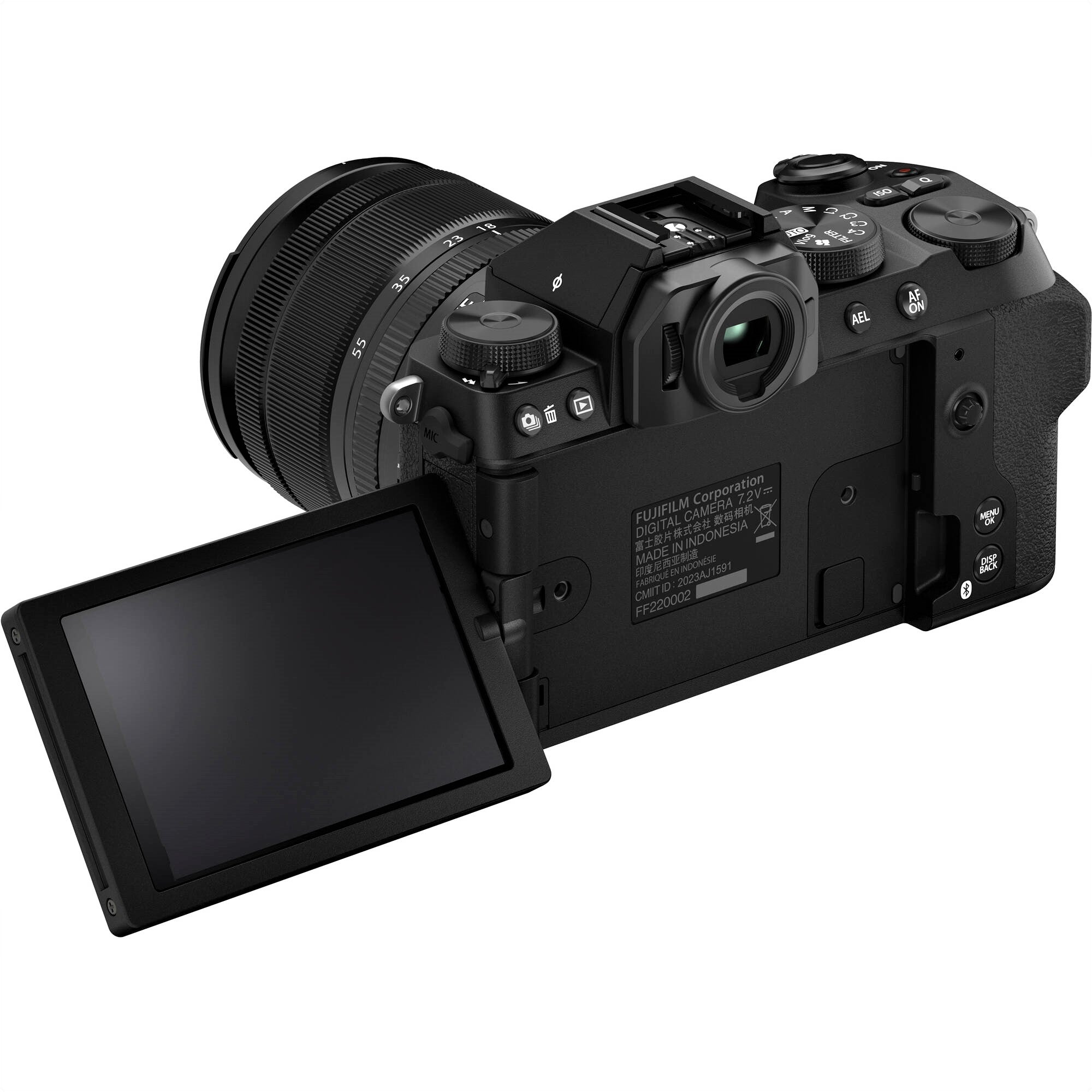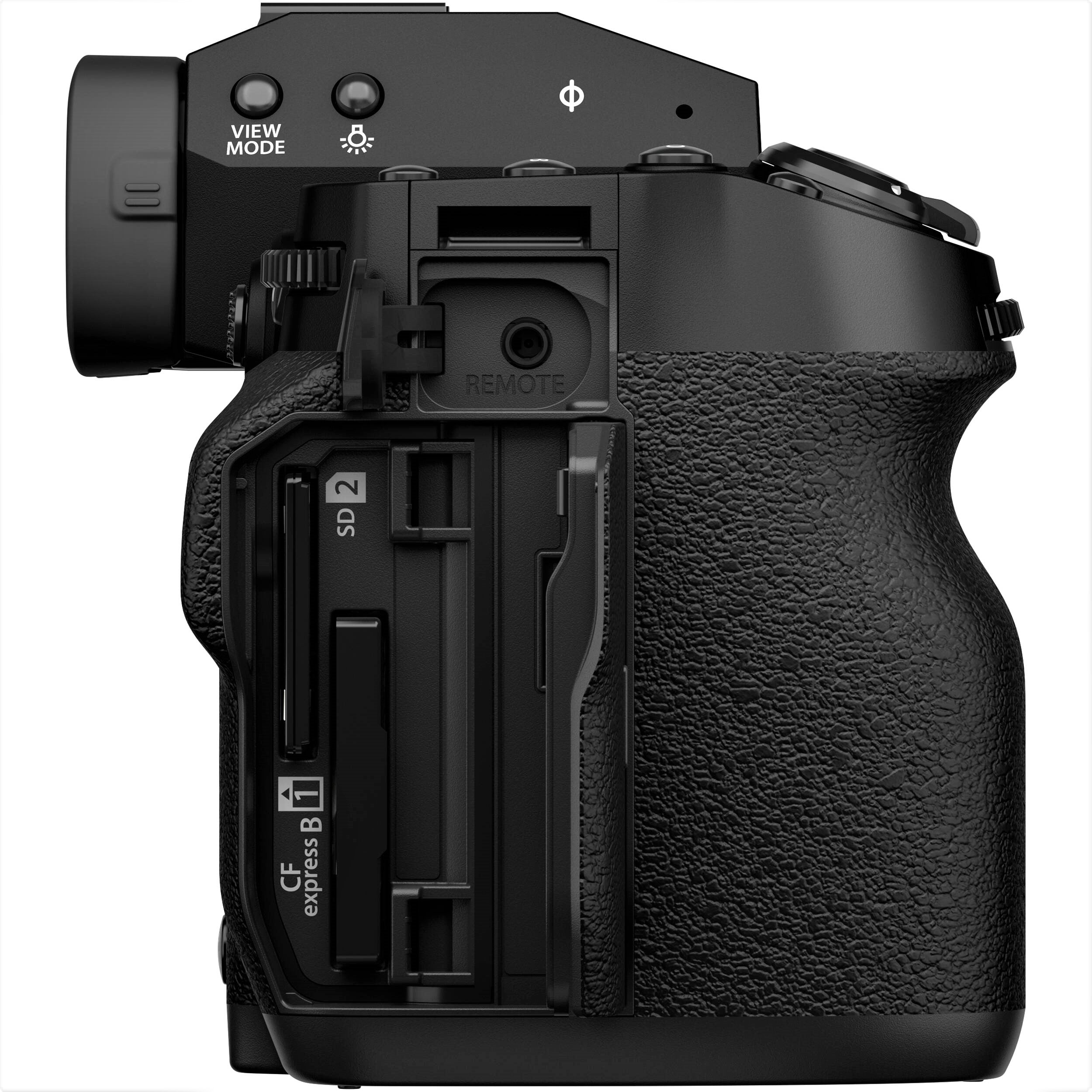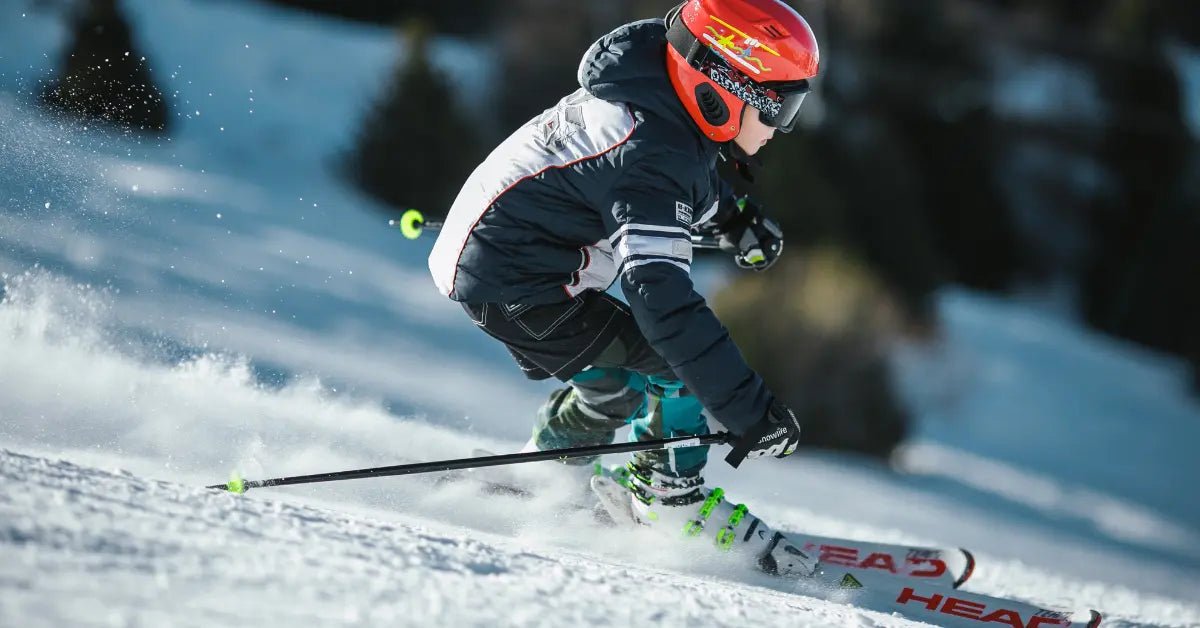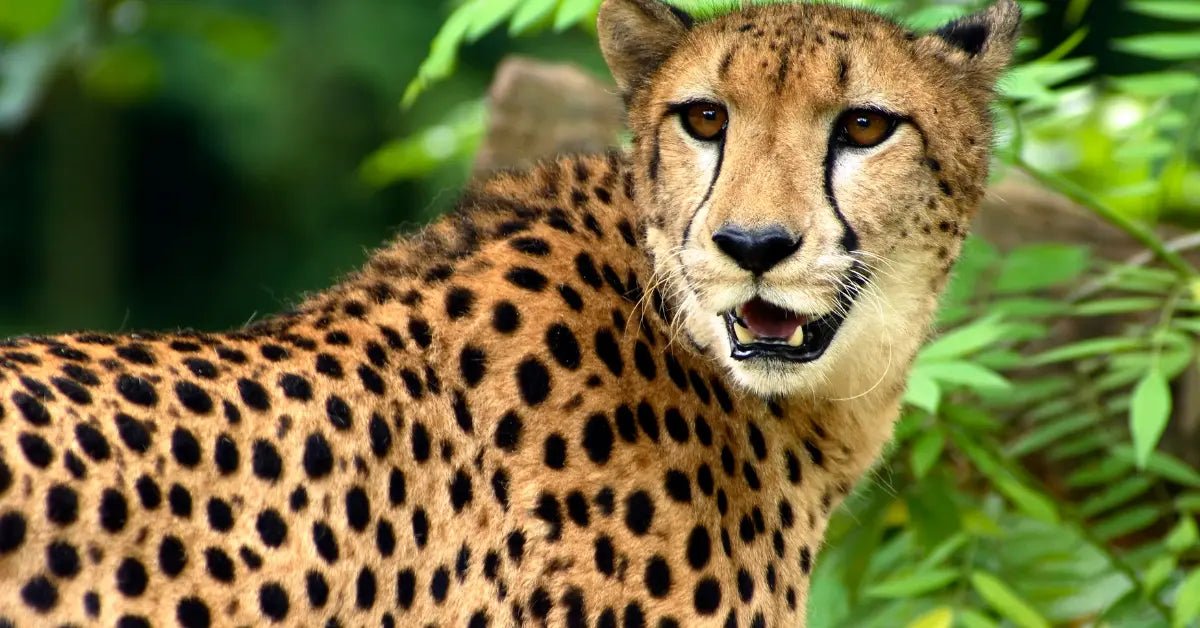You're walking by a bakery, and the smell of fresh bread hits you like a warm hug. Or you're staring down at a bowl of fruit that's so colorful, it could be a work of art.
Maybe you've got a steaming hot bowl of soup in front of you, and it looks so inviting, you want to dive right in. That's the essence of food photography—it's all about bottling up those "wow" moments and sharing them with the world.
But here's the deal, capturing food in a way that makes someone else's stomach growl through a photo isn't just about having a fancy camera and clicking the shutter button. Nope, it's way more nuanced and magical. It's about choosing the right tools that let you tell delicious stories through your lens.
This blog right here? It's your trusty map to navigating the vast world of cameras specifically for nailing those drool-worthy food shots. We're talking about making sure every dish you photograph not only looks good enough to eat right off the screen but also shares a slice of its story.
I'll walk you through some killer tips, throw in some savvy techniques, and top it off with gear recommendations that'll have you whipping up stunning food images in no time.
So, let's roll up our sleeves and dive into this culinary photography adventure together. Ready to make some mouths water?
Understanding Food Photography

Food photography is so much more than snapping a quick pic of your lunch for Instagram. Think of it as capturing the soul of your dish in a single frame. It's all about making someone "taste" that crispy, golden-brown chicken skin or feel the chill of an ice-cold lemonade, just by looking at a photo.
This requires a special touch, an eye for the tiny details that make your mouth water, like the glisten on a freshly sliced tomato or the steam wafting off a hot bowl of ramen.
To nail this, you've got to be a bit of a lighting wizard, because the right shadow here or a highlight there can turn a good photo into a great one. And styling? That's practically an art form on its own. It's not just about making the food look good (which is super important, don't get me wrong), but about telling a story.
Maybe it's a Sunday brunch vibe with a messy, lived-in feel, or a neat, precise setup that screams gourmet dinner.
The end goal is simple, yet complex: make whoever's looking at your photo feel the flavors, textures, and emotions tied to that dish as if they were tasting it themselves. It's a tall order, but when done right, food photography has the power to transport, delight, and inspire cravings you didn't even know you had.
Camera Features to Consider
- Megapixels and Sensor Size: Think of megapixels and sensor size like the ingredients in your favorite dish. More megapixels and a bigger sensor? That's like using fresher, high-quality ingredients. You end up capturing photos with more detail, and just like a dish with better ingredients tastes better, your photos look sharper and can be blown up to larger sizes without turning into a pixelated mess. Aim for a camera rocking at least 24 megapixels and a full-frame sensor. It’s like choosing the premium version of your ingredients for top-notch quality.
- ISO Performance: Now, onto ISO performance. Imagine trying to cook in a kitchen with bad lighting—you can't really tell if your seasoning is just right. A camera with stellar ISO performance works like having the best kitchen lights, allowing you to shoot in all sorts of lighting conditions without sacrificing the photo's quality. Low light? No problem. Your camera’s got the chops to handle it, ensuring your dish, I mean, photo, comes out looking great.
- Lens Compatibility: Here's where it gets even more fun. Having a camera that plays nice with a variety of lenses is like having an all-access pass to the coolest culinary tools. Prime lenses, particularly those with macro capabilities, are the secret sauce. They let you zoom in real close, capturing the crispiness of the crust or the glisten on a perfectly cooked steak with sharpness and detail that'll make your viewers’ mouths water.
- Manual Controls: Lastly, manual controls are your kitchen gadgets. Sure, automatic settings are like microwave meals—quick and easy. But manual settings? That’s where you become a chef. Adjusting exposure, focus, and depth of field yourself gives you the creative freedom to experiment and capture your food in the best light (pun intended), angle, and focus. It’s all about making your dish—ahem, photo—look as delicious as possible.
So, there you have it. With the right camera setup, you’re not just taking pictures; you’re crafting visual feasts that’ll have everyone wanting a taste!
Food Photography Tips
Lighting: The Secret Sauce

Think of natural light as your bestie in the food photography world. It's like that soft, golden glow at brunch that makes your avocado toast look too good not to post on Instagram. Natural light doesn't just light up your dish; it brings out all those vibrant colors and textures, making your food look as delicious in photos as it does on your plate.
But hey, even sunlight has its moody moments, right? That's where reflectors and diffusers stroll in. They're like the peacemakers, softening any harsh shadows or too-bright spots, ensuring your dish is lit just right, no matter what the sun's up to.
Composition and Styling: Setting the Table

Here's where you get to play food stylist. Arranging your dishes is like setting up for a mini feast. You want everything to look inviting. Use props and backgrounds that vibe with your dish's personality. Think rustic cutting boards for that homey bread loaf, or sleek marble for elegant pastries.
But remember, it's all about the food, so keep it the star of the show. Props and backgrounds are there to be the supportive best friends, not the scene-stealers.
Experimenting with Angles: The Paparazzi Approach

Your dish is ready for its close-up, and how you capture it can tell a whole new story. Playing with angles is like choosing the best side for a selfie. Overhead shots are fantastic for showing off the spread on a table or the beauty of a pie's design.
Then there's the side angle, the go-to for showcasing the layers in a cake or the juiciness of a burger. Don't be afraid to move around, try different heights, and angles. Sometimes, the unexpected angle is the one that truly captures the essence of your culinary masterpiece.
By keeping it casual, focusing on natural lighting, getting creative with composition and styling, and playing around with different angles, you're not just taking photos; you're telling the story of your food in the most delicious way possible. So go ahead, let your creativity run wild and make those dishes look too good not to share!
Notable Cameras for Food Photography
Canon EOS R5: The Culinary Snapshot Master

Think of the Canon EOS R5 as the master chef of cameras when it comes to food photography. With a sensor that packs a punch in resolution, it's like having the sharpest knife in the kitchen, ensuring every detail from the glistening of a berry to the delicate crumbs of a pastry is captured with crystal clarity.
The autofocus is like having an assistant who never misses a beat, keeping everything from the foreground to the background in perfect harmony. Whether you're shooting a vibrant salad or a steamy bowl of soup, the R5's color accuracy makes every dish look as delicious as it tastes. It's not just a camera; it's your ticket to making viewers taste with their eyes.
Sony A7R IV: The Texture Whisperer

If you've ever wanted to capture the soul of your dishes in a photo, the Sony A7R IV is your go-to. This camera is like a flavor savant, adept at bringing out the nuanced textures and colors of any dish. Its exceptional image quality and dynamic range are akin to having a full palette of spices to work with — every sprinkle, every shade, comes to life.
The A7R IV doesn't just take photos; it tells the story of your food through shadows, highlights, and all the subtle tones in between. From the gloss on a chocolate ganache to the rustic crust of artisan bread, this camera makes every texture sing.
Nikon Z7 II: The Versatile Visual Chef

The Nikon Z7 II is the versatile chef of the camera world, equipped to handle anything from fast-paced kitchen action shots to the serene still life of a cheese platter. With its balanced mix of resolution, speed, and performance, this camera adapts to your food photography needs like a chef adjusts to the ingredients at hand.
Whether capturing the vibrant layers of a rainbow cake or the simplicity of a farm-to-table dish, the Z7 II's detailed imagery and color rendition bring out the best in your culinary creations. It's as if this camera has a built-in sense of taste, translating your dishes into mouthwatering images that beckon viewers to dig in.
Each of these cameras brings something unique to the table, much like the varied techniques and flavors of cooking. They’re not just tools but partners in your creative journey to showcase food in all its glory. Choose the one that resonates with your vision and style, and watch your food photography flourish.
Suggested Lenses for Food Photography
While the camera body is important, the lens is where the magic truly happens in food photography. Sigma and Tamron offer excellent options for food photographers:
Sigma 50mm F1.4 DG HSM Art: Your Go-To for Food Portraits

Imagine capturing the delicate sprinkling of sugar on a freshly baked croissant in such sharp detail you can almost taste it. That's where the Sigma 50mm F1.4 DG HSM Art lens comes into play.
This isn't just any prime lens; it's like the Swiss Army knife in your photography kit when it comes to food photography. The sharpness? Unreal. It's like each photo tells you, "Hey, you can see every little texture here!"
And the bokeh (that dreamy, blurred background effect) is just beautiful, making your dishes pop out like the main character in their own foodie story. Shooting in a dimly lit café or during those golden hours? No problem. This lens has got your back with its stellar low light performance, ensuring your photos are stunning, no matter the lighting.
It's perfect for those food portraits that not only look appetizing but also tell a story, making viewers feel like they're about to dive into the dish themselves.
Tamron SP 90mm F/2.8 Di Macro 1:1 VC USD: The Detail Magician
Now, let's talk about getting up close and personal with your food. The Tamron SP 90mm F/2.8 Di Macro 1:1 VC USD lens is your ticket to capturing the soul of your culinary creations. This macro lens lets you zoom in super close, so close that you can see the glistening of oil on a slice of pizza or the individual grains of salt on a pretzel. It's about showcasing the beauty in the details, the textures, and the intricacies of your food that usually go unnoticed.
With its 1:1 magnification, you're not just taking pictures; you're creating a micro-universe where every detail matters. Whether it's the vibrant strands of saffron in a dish or the delicate veins in a leaf of basil, this lens captures it all with exquisite clarity.
Plus, its vibration compensation (VC) feature keeps your shots steady, so even if you're a bit jittery from your third cup of coffee, your photos will still come out sharp. Ideal for highlighting the masterful intricacies of your dishes, this lens turns every shot into a visual feast.
In essence, whether you're painting a picture with the Sigma 50mm's storytelling sharpness and dreamy bokeh or diving deep into the mesmerizing details with the Tamron 90mm macro, both lenses are your allies in the quest to capture the essence of food photography. They're not just tools; they're your partners in crime, helping you tell delicious stories, one photo at a time.
Conclusion
Choosing the best camera for food photography involves understanding both your personal style and the technical requirements of the genre. With the right camera and lens, along with a grasp of lighting, composition, and styling, you can create compelling images that make viewers taste with their eyes.
Remember, the essence of food photography lies in its ability to tell a story and evoke emotions, transforming ordinary dishes into extraordinary visual feasts.
As you continue to explore the captivating world of food photography, keep experimenting with different techniques, equipment, and perspectives. Whether you're a seasoned photographer or just starting out, the journey to capturing the perfect culinary shot is an endlessly rewarding one.
Now, armed with knowledge and inspiration, it's time to bring your culinary creations to life. Happy shooting!
Eager to start your food photography adventure or elevate your existing skills?
Visit Nuzira and join our Discord channel for more tips, tutorials, and gear recommendations. Share your culinary

